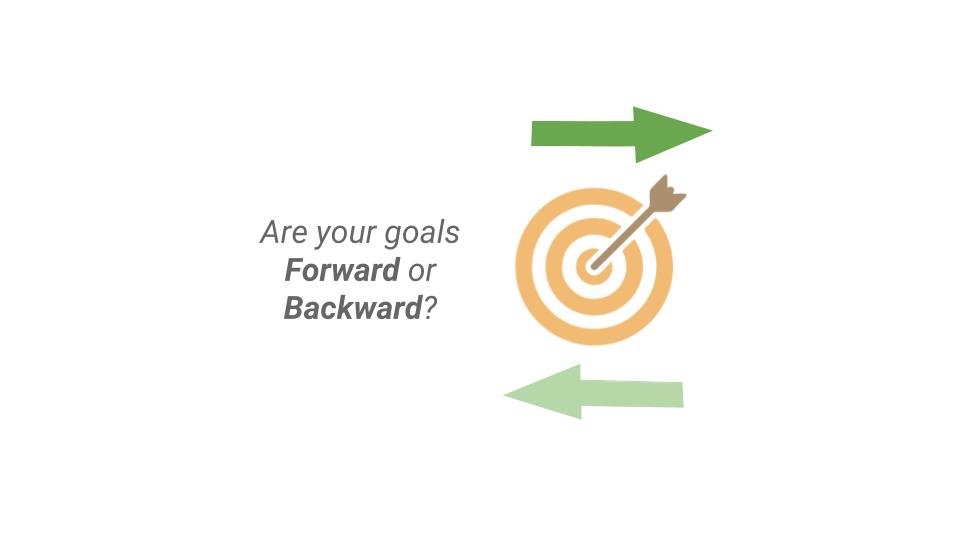
Written on February 22nd, 2018 8 minute read
Forward vs. Backward Looking Goals
We tend to confuse the two and that’s a big mistake.
If you’re like myself, when you set your most ambitious personal goals, they tend to sound something like this:
- Appear on the Forbes, ‘[insert age] Under [insert age] List’
- Get promoted at work
- Increase my net worth to $XX
What do they all have in common? These are all backward looking indicators. In other words, they are signals that you’re doing well, but in the past. While achieving these accolades does correlate with success, they aren’t predictive of future success. Rather, they are proof that success has already happened, in the past.
Your goals should really sound more like this:
- Learn a new (seemingly unrelated) discipline
- Embrace a new positive habit backed by science
- Reach out to non-local friends more regularly
The difference? These are all forward looking indicators; they don’t show off as accomplishments in the typical way we view “success.” Yet, if you do any of these things, it’s easier to predict your performance in the future. Following through on these goals won’t get you a celebrated medal, but they are the positive tactics that actually get you there.
Learning from successful people
What do Warren Buffett, Mark Cuban, and Bill Gates have in common? They are vivacious learners. They dedicate many hours each day to reading about new subjects, because it challenges their mindset and allows them to connect independent ideas. That’s a forward indicator – agile mental models produce novel ideas but will never receive an accolade for habit itself.
What do they also have in common? They are all Billionaires. Their net worth continues to climb and is a testament to their consistent ability to keep growing as individuals, entrepreneurs, and thought-leaders. That’s a backwards indicator – it reflects back on their total economic output to date, in the past.
That’s the formula.
The most powerful forward indicator is happiness
Compared to their neutral or stressed counterparts:
- Doctors are 19% more accurate at diagnosing their patients
- Sales people are 37% better at closing
- Operationally, we can be up to 31% more productive
That’s just the beginning; there are studies that show we are more creative, better at problem solving, and more resilient and innovative when we are happy versus neutral or stressed. *
When we increase wellbeing in the present, all of our our future outputs rise. We are a product of our environments. So, elevating these inputs also helps those around you; your family, friends, and co-workers. Start with happiness and finish with more success.
We should be challenging our employees and organizations to set forward looking predictors
- How are you going to push yourself to self-learn this year?
- What’s the one positive habit you will commit to practicing this quarter?
- When will you find time to connect with your network this week?
Ignore the accolades, because they come later.
Remember, when our team commits and crushes the small stuff, we need to celebrate too. Our brains are wired for short-term feedback loops, which makes forward predictors hard to set and follow through on. It’s easy to choose a well-known award to gauge success, but it’s the abstract and consistent daily habits that really produce it.
By adjusting our measuring stick of success, we can elevate everyone around us. Eventually producing more backward predictors that we know and love.